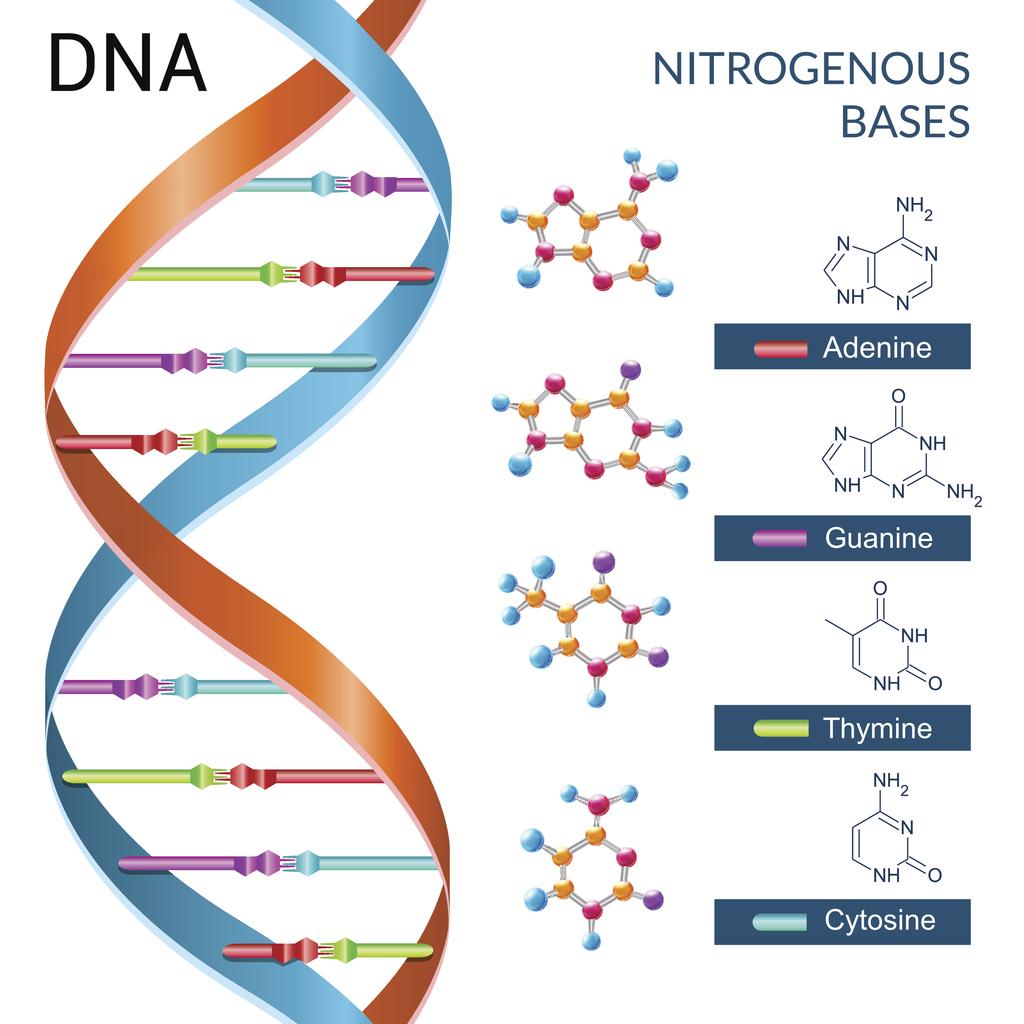| S.N | DNA | RNA |
| 1. | It stands for deoxyribonucleic acid. | It stands for ribonucleic acid. |
| 2. | It is double stranded except in some viruses. | It is single stranded exception some viruses. |
| 3. | It is self-replicating. | It is synthesized from DNA or on as needed basis. |
| 4. | The sugar portion of DNA is 2-deoxyribose. | The sugar portion of RNA is ribose sugar. |
| 5. | Helix geometry of DNA is B form (A form or Z form also present). | Helix portion of RNA is A form. |
| 6. | Long chains of nucleotides are present. | Shorter chains of nucleotides are present. |
| 7. | Bases present are adenine, guanine, thymine and cytosine. | Bases present are adenine, uracil, cytosine and guanine. |
| 8. | Uracil is absent. | Uracil is present. |
| 9. | Base pairing is A-T, C-G. | Base pairing is A-U, C-G. |
| 10. | Length of DNA is quite large. | Length of RNA is short. |
| 11. | It is susceptible to UV damage. | It is resistant to UV damage as compared to DNA. |
| 12. | It can’t leave nucleus. | RNA leaves the nucleus. |
| 13. | Purine is equal to pyrimidine. | Purine is not equal to pyrimidine. |
| 14. | It is genetic material in some viruses and help in protein synthesis. | It is genetic material in all living organisms. |
| 15. | It exists in many forms. | It exists in 3 different forms i.e. m-RNA, r-RNA and t-RNA. |
| 16. | It is located in the nucleus and cytoplasm. | It is located in chromosomes and ribosomes. |
| 17. | No catalytic activity. | Some are catalytically active. |
| 18. | Resistant to alkali hydrolysis. | Highly susceptible to alkali hydrolysis. |
| 19. | Bases are not modified.
Image source: medicalnews |
Bases are modified.
Image source: scienceabc
|
References:
i) https://microbiologyinfo.com/differences-between-dna-and-rna/


